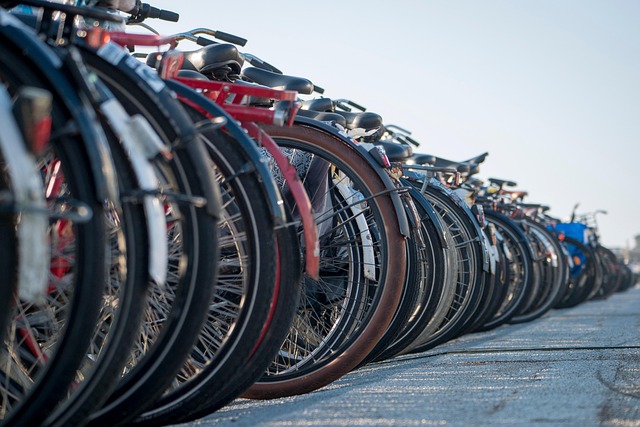Revolutionizing Rural Areas through Improved Bicycle Parking
In an era where sustainable transport is gaining worldwide traction, rural areas often seem left behind in the race towards greener living. Yet, a simple yet powerful solution lies in front of us: improved bicycle parking facilities. The evolution of bicycle parking can play a transformative role in enhancing transport sustainability and driving rural development.
The Charm of Cycling in Rural Settings
Rural landscapes offer breathtaking views, fresh air, and a sense of freedom that only biking can provide. Cycling not only allows residents and visitors to explore these vast stretches at a leisurely pace but also helps reduce the carbon footprint associated with motor vehicle use. However, to fully unlock the potential of this eco-friendly transport method, we must address one critical aspect: bicycle parking.
The Need for Sustainable Solutions
Transport sustainability is not just a trend; it’s essential for the health of our planet and our communities. In rural areas, where public transportation options are often limited, cycling offers an alternative that is not only cost-effective but also environmentally friendly. By creating safe, accessible, and efficient bicycle parking facilities, we can encourage more individuals to choose cycling over driving.
Challenges of Current Infrastructure
Despite the manifold benefits, many rural areas still lack adequate infrastructure to support cycling. Inadequate or unsafe bicycle parking often deters potential cyclists from choosing bikes as their primary mode of transport. When cyclists are concerned about the safety of their bikes or frustrated by a lack of facilities, they are more likely to revert to using cars. This vicious cycle needs to be broken.
Innovative Solutions for a Brighter Future
Imagine a rural town where secure bicycle parking facilities are integrated smoothly into the community fabric. Strategic placement of bike racks, covered parking areas, and even community bike-sharing programs can dramatically enhance cycling’s appeal. Local businesses can contribute by providing designated parking spots for cyclists, thus fostering both tourism and community engagement.
Community Involvement is Key
Emphasizing community engagement is another essential aspect. Rural dwellers should be included in the planning process of bicycle parking initiatives, ensuring that facilities cater to the specific needs and wants of their communities. Workshops, community meetings, and social events can rally support and promote the importance of cycling. When locals are part of the solution, buy-in and usage rates soar.
Potential for Rural Development
A focus on bicycle parking is not just about convenience; it’s about creating opportunities. Enhanced bicycle infrastructure can lead to increased tourism in rural regions, attracting cyclists from nearby urban areas who seek the serenity of nature. More visitors mean economic growth, revitalized local businesses, and a stronger community. The positive effects of cycling can radiate through the local economy while simultaneously improving the lifestyle of residents.
As we rethink transportation in rural contexts, we must put bicycle parking at the forefront of our discussions. This simple but essential infrastructure can help transform rural communities into thriving examples of sustainability and interconnectedness. By reimagining how we prioritize cycling, we can pave the way for a brighter, more sustainable future.




